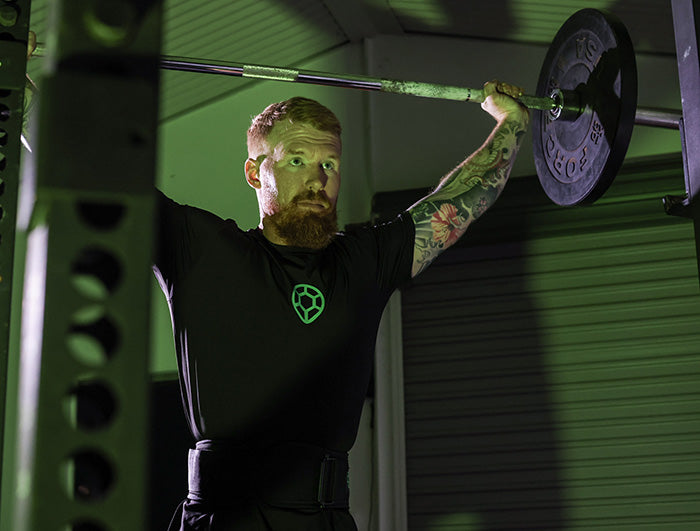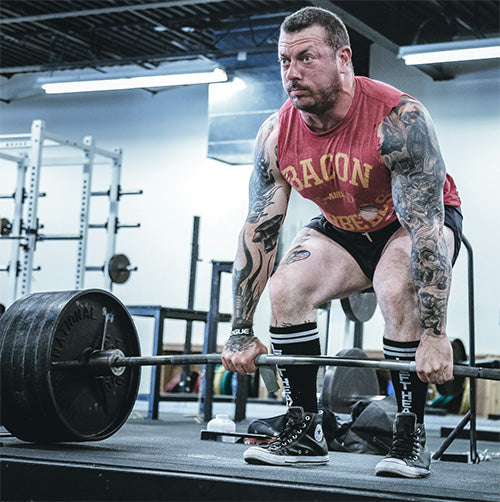WHAT IS A LIFTING BELT?
WHY POWERLIFTERS, WEIGHTLIFTERS, AND CROSSFIT ATHLETES USE A LIFTING BELT
ARE LIFTING BELTS NECESSARY?

WHEN SHOULD YOU WEAR A LIFTING BELT?
BENEFITS OF WEIGHT LIFTING BELTS

HOW TO SELECT YOUR FIRST LIFTING BELT.
Title
CONTENT AUTHOR:





